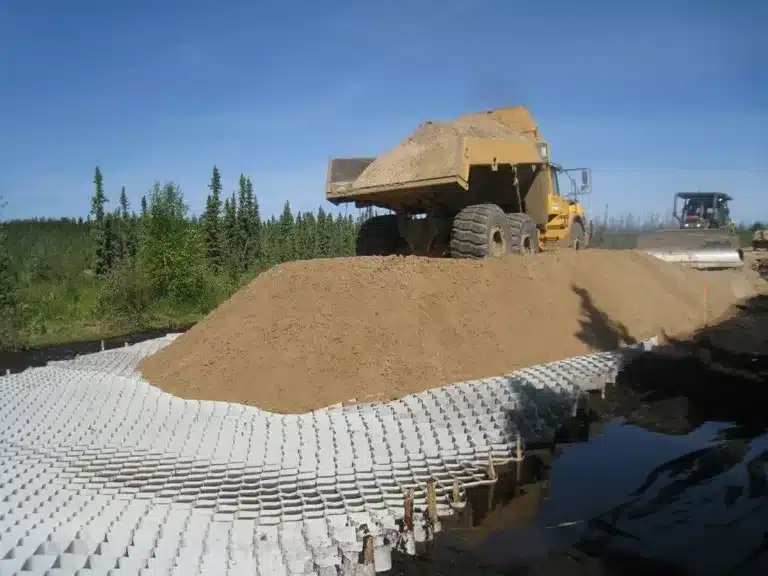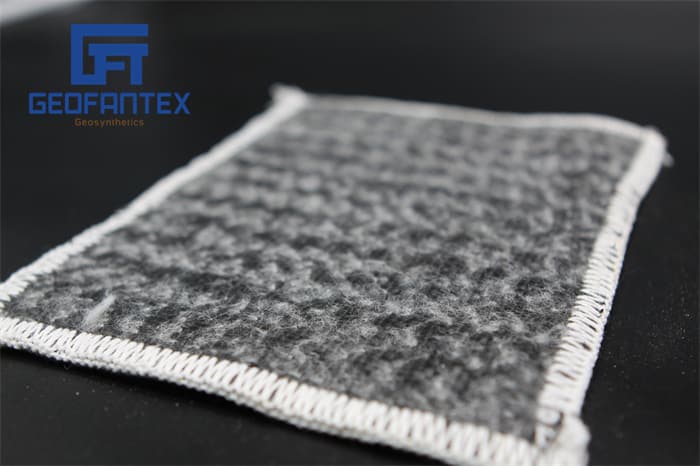Unveiling the World of Geosynthetic Fabrication: A Modern Marvel in Engineering
In the realm of civil engineering and construction, the advent of geosynthetics has revolutionized traditional practices, offering innovative solutions to complex problems. Geosynthetic fabrication, a process that intertwines engineering prowess with material science, has emerged as a cornerstone in modern infrastructure projects. This article delves into the essence of geosynthetic materials, exploring their manufacturing processes, applications, and the polymers that bring them to life, shedding light on how these engineered fabrics are shaping the future of construction and environmental projects.


